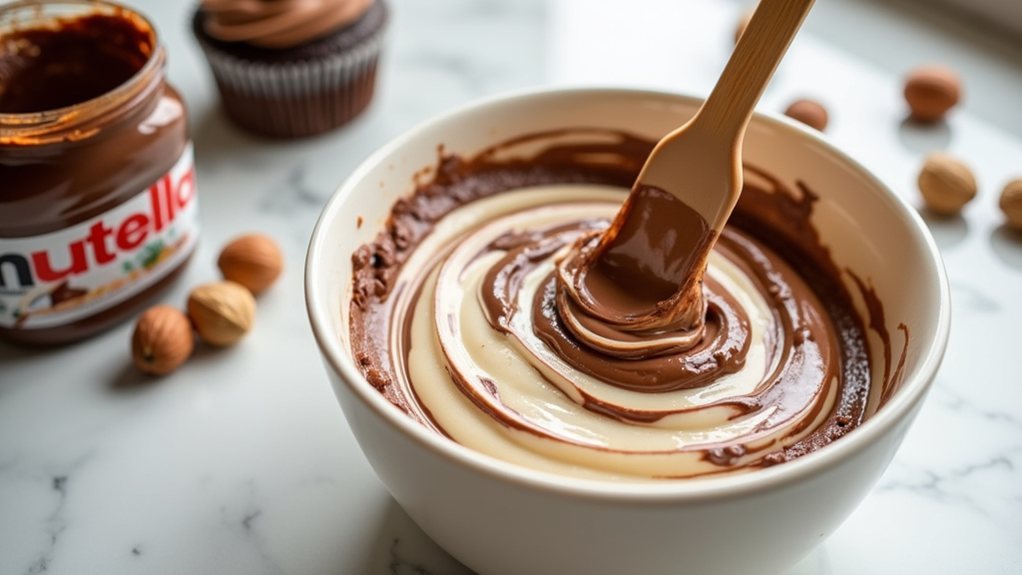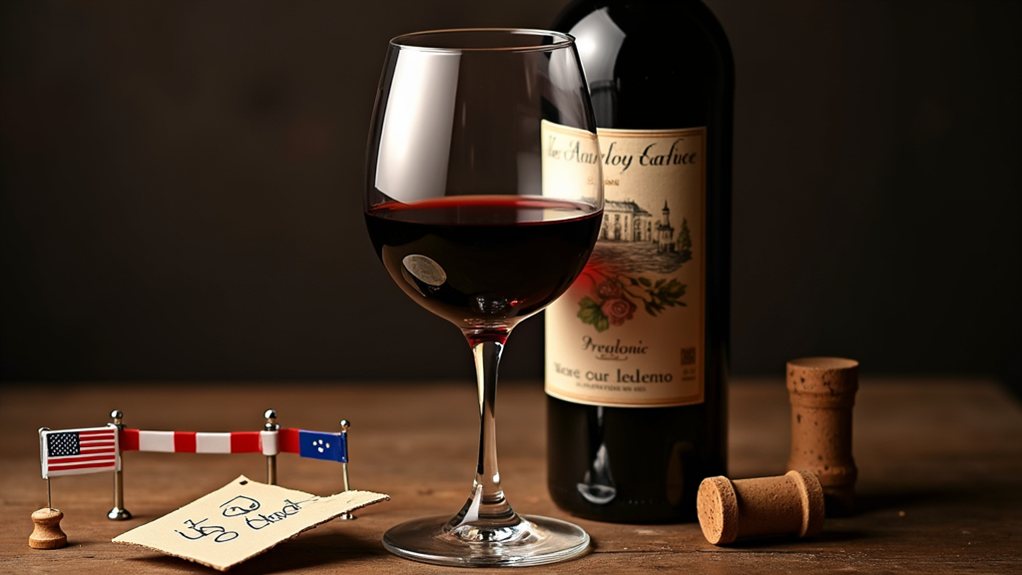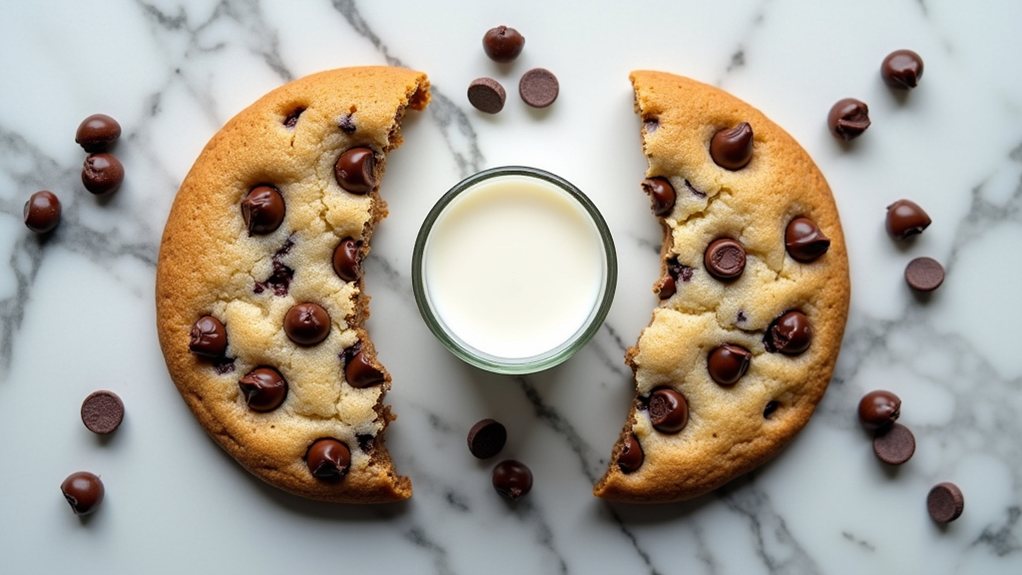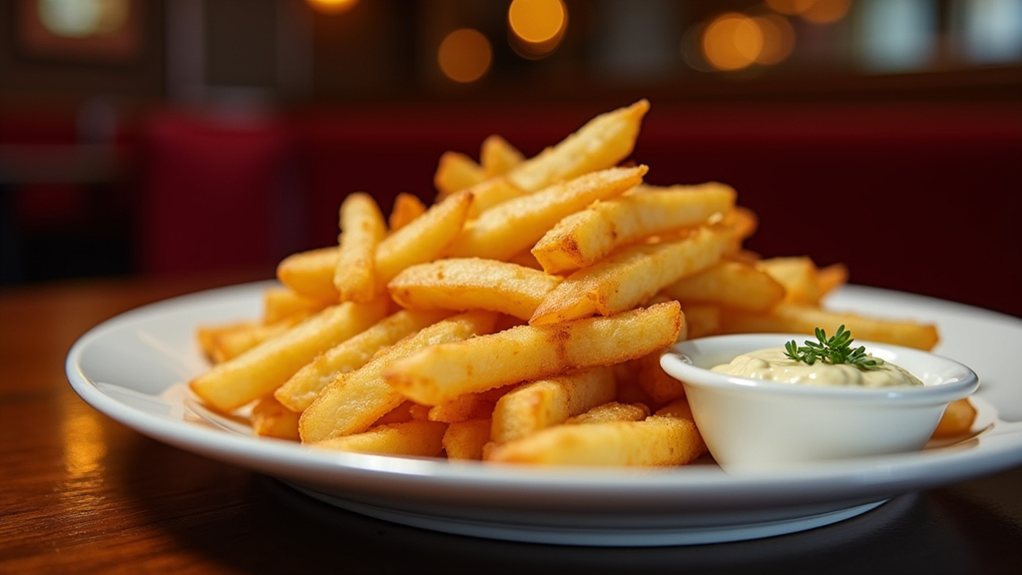Cast iron pans, treasured for their durability and heat retention, face a silent enemy in everyday kitchens: trapped moisture. Many owners unwittingly create perfect conditions for rust by storing their pans with lids on or in humid environments. The porous surface of cast iron readily absorbs water, initiating oxidation that compromises the pan’s carefully built-up seasoning. Left unchecked, minor rust spots evolve into structural damage that transforms heirloom-quality cookware into restoration projects.
The Hidden Moisture Threat to Cast Iron
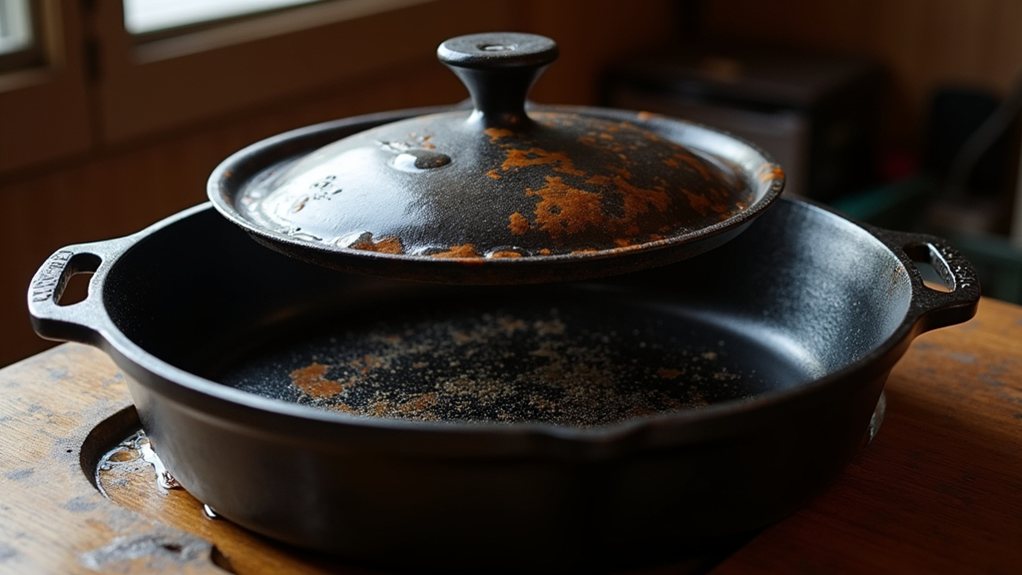
While proper care and seasoning of cast iron cookware is widely discussed among culinary enthusiasts, the silent culprit that often damages these durable kitchen workhorses is trapped moisture. Cast iron’s porous surface readily absorbs water, creating perfect conditions for rust formation even when pans appear completely dry when put away. This sneaky moisture trap develops when pans are stored improperly, particularly with lids on, which prevents crucial air circulation and creates a humid microclimate around your cookware. Similar to the Ninja Foodi, regular cleaning practices help maintain cast iron’s integrity and prevent moisture-related issues.
The consequences of this moisture trap are significant and often go unnoticed until damage has already occurred. When water molecules interact with iron, oxidation begins, gradually undermining the carefully built-up seasoning that gives cast iron its non-stick qualities. What starts as minor surface rust can develop into deeper corrosion that requires extensive restoration efforts, turning a simple storage mistake into a time-consuming repair project. Using a wire scouring pad is essential for removing oxidation when restoring damaged cast iron surfaces.
Unaddressed moisture silently attacks cast iron, transforming minor rust into major restoration projects that undermine your cookware’s seasoning.
Common storage errors exacerbate this moisture problem. Placing pans in cabinets near dishwashers, storing them outdoors, or covering them tightly creates ideal conditions for rust development. Many cooks unknowingly invite moisture damage by failing to thoroughly dry their pans after washing or by storing them in naturally humid environments. Much like with electric pressure cookers, proper maintenance significantly extends the lifespan of your cookware. Regular use enhances seasoning and helps prevent moisture-related problems in cast iron cookware.
Fortunately, preventing moisture damage is straightforward with proper techniques. Storing pans upside down, using drying racks for better air circulation, and placing paper towels inside stored pans can absorb residual moisture. After washing, pans should be dried immediately with a towel, then heated briefly on a burner to eliminate any lingering dampness.
Regular use actually benefits cast iron cookware, as cooking with oils maintains the protective seasoning layer. After each use, applying a thin coat of oil creates a barrier against moisture and oxygen. For pans that have already developed rust, restoration is possible with a wire scouring pad followed by thorough re-seasoning.

